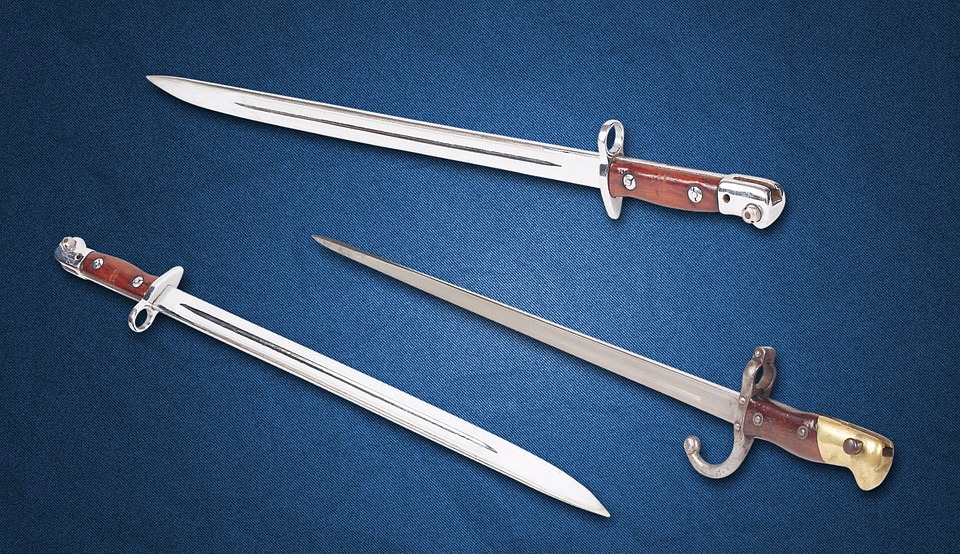
While most fighters tend to think in only 2 dimensions within the realm of what I call the «fight-bubble,» those martial arts students trying to learn ninjutsu – the art of Japan’s ancient Ninja families – think in 10 dimensions. For the purpose of this article, I will focus on the 4 basic kamae, or defensive postures that the new student is introduced to, and how each allows for a greater ranger of strategic angling to control and defeat a committed attacker.
When you have finished reading this article, I want you to think about how you can apply these strategic angles within your own training. Of course, if this is new to you, regardless of whether or not you ever trained in Ninjutsu, Ninpo-taijutsu (aka Budo taijutsu), or any other martial art, you may need to find a teacher who can show you real-time, actual examples of these tactics in action.
Before we discuss the angling options, it’s important that I set the stage for this lesson. To do that, I need to list the 4 basic kamae that beginner students are introduced to, almost from day-1 of their training.
The 4 Basic Ninpo-Taijutsu Kamae are:
1) Shizen no kamae – «Natural Posture»: This posture looks as though the defender is «just standing there.» But, there is a lot more going on, not just on an awareness level, but within the Ninja’s heart, when taking up the Ninja’s «ready position.»
2) Ichimonji no Kamae – «Figure-1 Posture»: This is the long-range, bladed, defensive position within the Ninja’s self defense system. It could be considered to be a «guarding position,» but, again, what is going on within the practitioner’s heart, dictates whether this is a «cold,» controlling position, or one that says, «if you touch me, I will break you!»
3) Jumonji no Kamae – «Figure-10 Posture»: Due to it’s appearance as a, more or less, «typical» fighting pose with the hands held in front of the body for blocking and punching, this is the posture that is taught to beginner students as an aggressive, intercepting base. However, later in the training, the student is introduced to the true «receiving» nature of this kamae which tells the attacker that, «I am ready for anything you throw at me!»
4) Hira (Ichimonji) no Kamae – «Flat (Figure-1) Posture»: This kamae can be confusing to the attacker AND new students alike. It is often difficult to see the street fighting, or self defense nature of this posture from what appears to be someone standing in front of you, chest forward and arms outstretched to the side. And yet, once we get the idea that this can be used to protect something or someone behind us, to attempt to de-escalate the situation, or in the case of the attacker who cannot be controlled, to act very much like the «bullfighter’s blanket» in baiting and setting up the assailant for his own demise – this very dynamic posture becomes a powerful tool in the student’s arsenal.
As I’ve discussed in other lessons, each of these kamae is based on both your emotional state, as well as any strategic or tactical logic that you are trying to apply to the given situation. But, again, that is for another lesson.
For now though, you and I are going to focus on how each one of these «naturally» sets me up for, and allows me to effortlessly exploit the weaknesses in his attack, and slip by his attacking limb to be in a much more advantageous position.
Of course, we’re working without the benefit of pictures or live action here, but I think you will understand how this works. The trick is to visualize the action in your mind’s eye, rather than just reading the words in front of you.
So, let’s take a look at the 4 basic, strategic angles that are available to us within the context of particular attacks. From each of the kamae listed above, we can see how we might…
Drop below a swinging attack from the shizen no kamae. Then, from beneath his flailing limbs, we can launch our own attack against his exposed ribs, groin, legs, and mid-section.
Drift back at 45 degree angles against straight punches, grabs, or kicks, using the Ichimonji no kamae. Then, from our guarded, profiled, and protective posture, we can directly attack the now exposed targets of his head, sternum, groin, etc.
Charge forward in the Junonji no Kamae, taking the fight to your assailant against lateral kicks and hooking-style punches. By «beating him to the punch (or kick),» you effectively use his own incoming energy to add damage and drive him back and away from you!
And, last but not least…
Use light, quick, and sudden turning shifts if your body to simultaneously evade his attack, AND flank him at the same time with your Hira no Kamae. Your turning body movement can also be used to add extra power to your strikes as you avoid the attack and counter with an attack of your own – at the SAME time!
Of course, the above examples are not the only applications for the kamae or the overall strategy. There are literally infinite possibilities through infinite combination of the basics – the very idea behind the concept of the Ninja’s kihon happo principle.